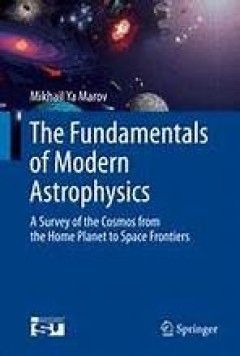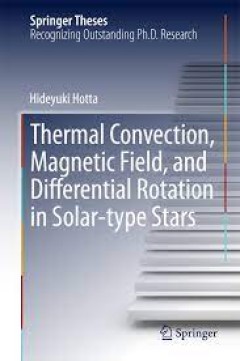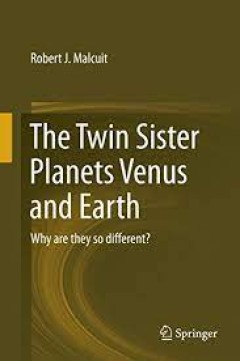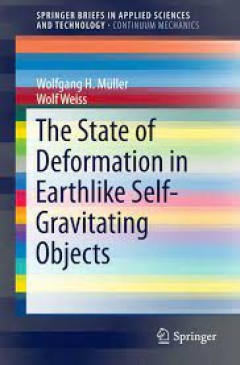Filter by

The Fundamentals of Modern Astrophysics
The Fundamentals of Modern Astrophysics provides an overview of the modern science of astrophysics. It covers the Sun, Solar System bodies, exoplanets, stars, and star life cycle, planetary systems origin and evolution, basics of astrobiology, our galaxy the Milky Way, other galaxies and galactic clusters, a general view of the Universe, its structure, evolution and fate, modern views and advan…
- Edition
- 1
- ISBN/ISSN
- 978-1-4614-8730-2
- Collation
- XIX, 336, 31 b/w illustrations, 185 illustrations in colour
- Series Title
- -
- Call Number
- -

Thermal Convection, Magnetic Field, and Differential Rotation in Solar-type S…
This thesis describes the studies on the solar interior where turbulent thermal convection plays an important role. The author solved, for the first time, one of the long-standing issues in solar physics, i.e., the maintenance mechanism of the solar differential rotation in the near-surface shear layer. The author attacked this problem with a newly developed approach, the reduced speed of sound…
- Edition
- -
- ISBN/ISSN
- 978-4-431-55399-1
- Collation
- -
- Series Title
- -
- Call Number
- -

The Twin Sister Planets Venus and Earth Why are they so different
This book explains how it came to be that Venus and Earth, while very similar in chemical composition, zonation, size and heliocentric distance from the Sun, are very different in surface environmental conditions. It is argued here that these differences can be accounted for by planetoid capture processes and the subsequent evolution of the planet-satellite system. Venus captured a one-half moo…
- Edition
- -
- ISBN/ISSN
- 978-3-319-11388-3
- Collation
- -
- Series Title
- -
- Call Number
- -

The State of Deformation in Earthlike Self-Gravitating Objects
This book presents an in-depth continuum mechanics analysis of the deformation due to self-gravitation in terrestrial objects, such as the inner planets, rocky moons and asteroids. Following a brief history of the problem, modern continuum mechanics tools are presented in order to derive the underlying field equations, both for solid and fluid material models. Various numerical solution techniq…
- Edition
- -
- ISBN/ISSN
- 978-3-319-32580-4
- Collation
- -
- Series Title
- -
- Call Number
- -
 Computer Science, Information & General Works
Computer Science, Information & General Works  Philosophy & Psychology
Philosophy & Psychology  Religion
Religion  Social Sciences
Social Sciences  Language
Language  Pure Science
Pure Science  Applied Sciences
Applied Sciences  Art & Recreation
Art & Recreation  Literature
Literature  History & Geography
History & Geography